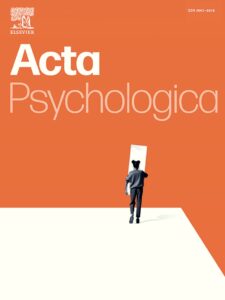Publications

Exploring fascial properties in patients with depression and chronic neck pain: An observational study
Authors: Lea Overmann 1, Robert Schleip 2, Johannes Michalak 1
Affiliations:
- Department of Psychology, University of Witten-Herdecke, Germany
- Department of Sport and Health Sciences, Technical University Munich, Germany
Journal: Acta Psychologica - April 2024, Volume 244, Article no. 104214 (DOI: 10.1016/j.actpsy.2024.104214)
-
Field & Applications:
- Medical
- Psychology
- Musculoskeletal disorder
- Myofascia
Background: Depressive disorder and chronic pain are prevalent conditions that often co-occur. The myofascial fascial continuum has been hypothesized to contribute to both conditions. However, limited research exists on the specific association between fascial properties and chronic pain and depression.
Objective: This study aims to investigate the properties of the deep fascia of the M. trapezius and their relationship with depression, chronic neck pain, and cervical spine mobility.
Method: This study compared fascial properties between two groups: individuals with depression and chronic neck pain, and healthy individuals. Fascial thickness, elasticity, and stiffness were measured as primary outcomes using standardized techniques such as ultrasound imaging and compliance meter. Statistical analyses were conducted to identify potential differences and correlations in fascial properties between the two groups.
Result: Significant differences emerge in stiffness, tone, and fascia thickness in the deep fascia, alongside identified correlations between depression, chronic pain, and these variables.
Conclusion: The study highlights the impact of depression and chronic pain on fascial properties, emphasizing the need for further research in this domain to unravel the intricate connections and potential implications for treatment strategies.
Keywords: fascia, depression, fascial thickness, chronic neck pain, ultrasound imaging
In conclusion, our study contributes valuable insights into the intricate relationship among fascial properties, depression, and chronic neck pain. The identified group differences and correlations underscore the complexity inherent in these associations. Future research, particularly within psychiatric, psychosomatic, rehabilitation, and related settings, is essential to deepen our understanding and inform more targeted interventions for individuals experiencing depression and chronic pain. Our findings indicate the necessity for a nuanced approach in research and clinical interventions within the interplay of physical and psychological factors.


